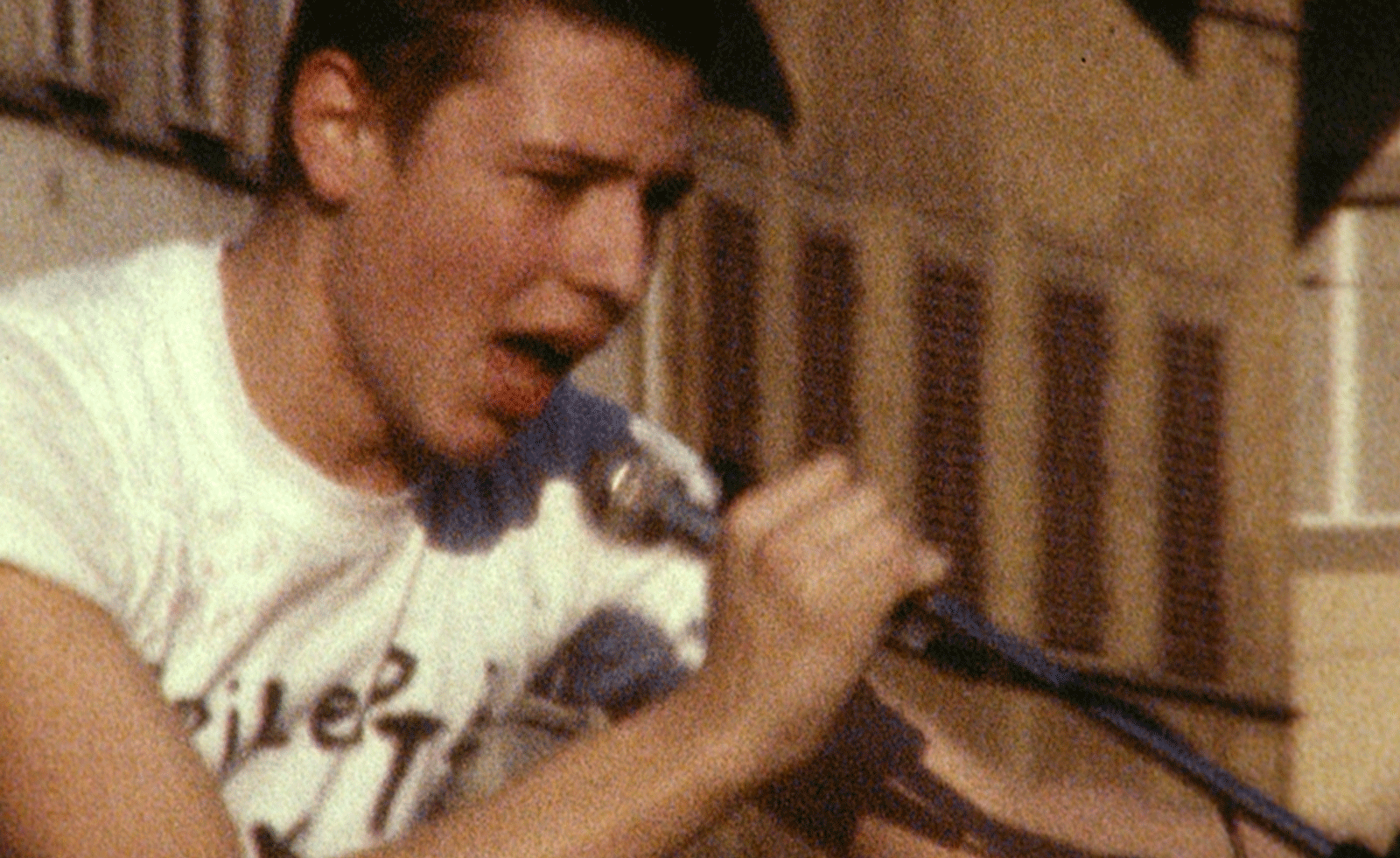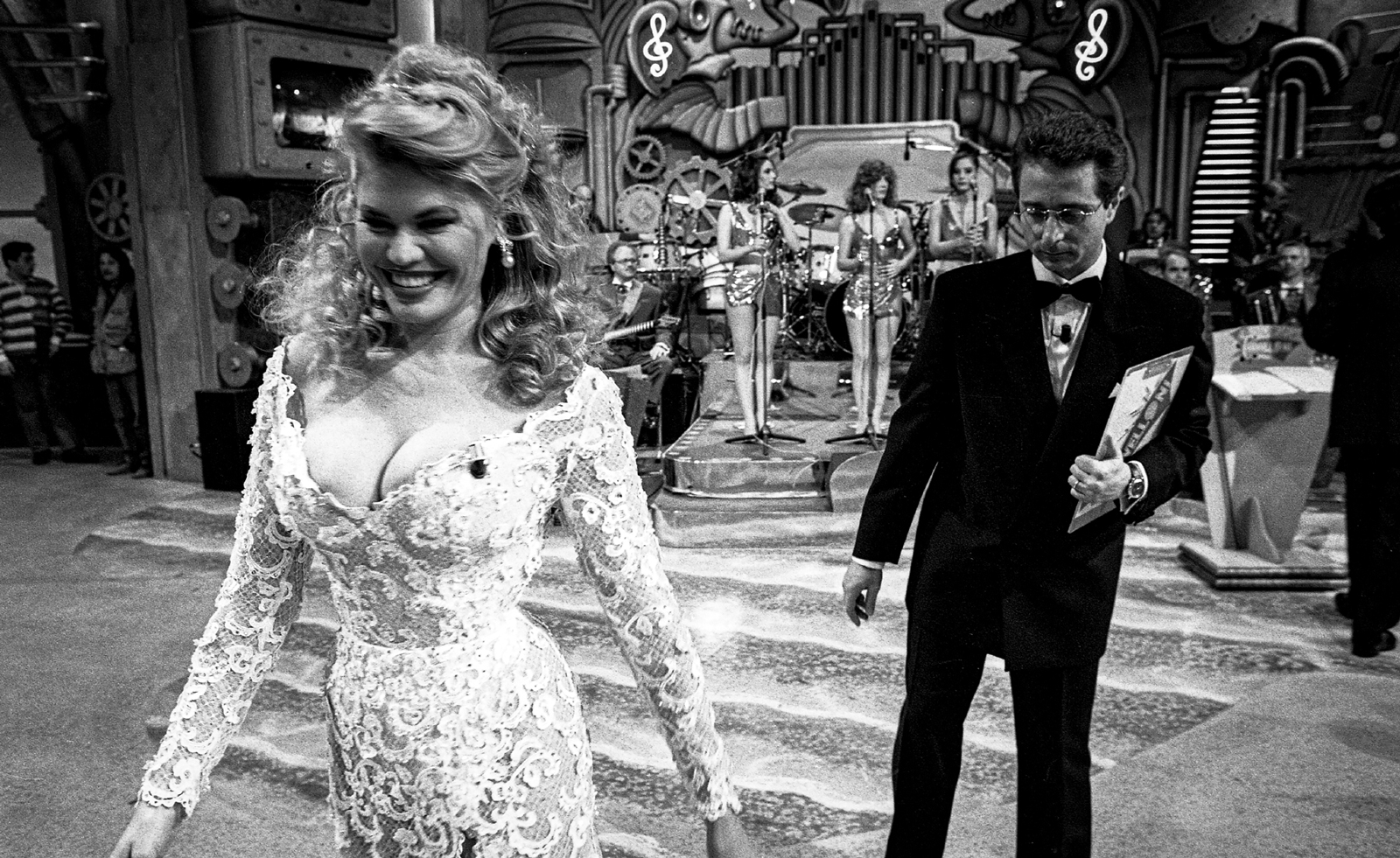Uncanny valley: artistic visions of our AI future
As algorithms and data-sets increasingly shape our lives, artists are exploring our collective concerns around artificial intelligence

Our current situation has ushered us into a new, technology-driven relationship with the art world. The virtual exhibitions and augmented reality experiences from museums and galleries across the globe have accelerated our path into a digitised future, albeit a temporary one.
But as our world relies further on technology and algorithms to shape every aspect of our lives, how will our relationship with machines evolve? Where will our humanity begin and end? And how might this data-driven reality risk reinforcing our worst fears about the future?
These are some of the questions posed by ‘Uncanny Valley: Being Human in the Age of AI', the first major contemporary art exhibition exploring A.I. at the de Young museum in San Francisco and currently accessible via its Instagram page.

Installation view of Agnieszka Kurant, A.A.I., 2017 in ’Uncanny Valley: Being Human in the Age of AI’ at the de Young museum in SF.
Bringing together 13 artists and activist collectives including Zach Blas, Ian Cheng, Stephanie Dinkins, Forensic Architecture, Lynn Hershman Leeson, Trevor Paglen and Martine Syms, the works leverage immersive technology to explore how machine learning, data sets, cloud infrastructure and search engines are transforming our existence as we know it.
‘Technology is changing our world, with artificial intelligence both a new frontier of possibility but also a development fraught with anxiety’
‘Uncanny Valley’ was a term first coined fifty years ago by Masahiro Mori, a robotics professor at the Tokyo Institute of Technology in an essay where he examined the apprehensive reaction humans have to robots who look and act just like us. It has taken on a new meaning in today’s world of digital alter egos, deep fakes and AR influencers, where the lines between man and machine have become increasingly blurred.
‘Technology is changing our world, with artificial intelligence both a new frontier of possibility but also a development fraught with anxiety’ says Thomas P. Campbell, Director and CEO of the Fine Arts Museums of San Francisco. The socio-economic and moral implications of A.I. technologies are explored throughout several of the works.

Installation view of Simon Denny, Amazon worker cage patent drawing as virtual King Island Brown Thornbill cage (US 9,280,157 B2: System for transporting personnel within an active workspace, 2016) in 'Uncanny Valley: Being Human in the Age of AI' at the de Young museum.
Based on an unrealised design by Amazon to contain human workers in its warehouses, Simon Denny’s Amazon worker cage patent drawing as virtual King Island Brown Thornbill cage, US 9,280,157 B2: System and method for transporting personnel within an active workspace, (2016) stands at seven feet tall. With just enough space to turn around, the cage-like structure houses an augmented reality application that displays a bird that is almost extinct, the King Island brown thornbill. Featuring a joystick control and a metal claw to pick up orders, the piece questions the future of labour, and whether the human worker is not too long from finding themselves rendered obsolete.
Silicon Valley’s crowdsourcing marketplaces and their invisible armies of human labour are critiqued in Agnieszka Kurant’s A.A.I. (artificial artificial intelligence), an installation of multiple termite mounds of coloured sand, gold, glitter, and crystals that shines a light on the layers of human beings hidden behind these advancements.

Zach Blas, The Doors, 2019.
Zach Blas has created an artificial garden inspired by those found on tech campuses to highlight how these companies appropriate ideas from counterculture to drive their commercial ambitions. The garden space is surrounded by video screens that play out perception-altering visuals – a kind of algorithmic psychedelia.
Elsewhere, the risks that artificial intelligence poses in reinforcing racial, gender and class divisions are explored in Lynn Hershman Leeson’s Shadow Stalker (2019). Allowing viewers to see their digital footprints and urging them to take control of their data, it looks at the reliance on algorithmic systems in policing that categorise individuals based on inaccurate ‘embodied metrics’.
Stephanie Dinkins’ Bina48 is a robot that has no understanding of race, gender or class. Her conversations with it illuminate the darker side of A.I. programming – how can a machine be used to make decisions if it has no awareness or sensitivity to history or social equity?

Lynn Hershman Leeson, Shadow Stalker, 2019. Installation view from Uncanny Valley: Being Human in the Age of AI, de Young, San Francisco, 2020.
A dystopian future is not the only prediction offered here though. In Martine Syms’ Mythiccbeing, the possibilities for A.I. to be used to redress these same imbalances are suggested. Syms has created an Alexa-like avatar who listens and responds to instances of racial inequality and social injustice in everyday life, a ‘woke’ companion who challenges its human subjects to aim towards fairness.
No longer the stuff of science-fiction movies or a far-off moment in time, the ‘Uncanny Valley’ that Masahiro Mori foresaw in 1970, is now a place that we inhabit. Our friends are electric. Do they control us or do we control them? The fast-moving path to an A.I. future must be powered not only by data and neural networks but by humanity, ethics and heart.
INFORMATION
Receive our daily digest of inspiration, escapism and design stories from around the world direct to your inbox.
The de Young museum, San Francisco is temporarily closed to the public. For more information, visit deyoung.famsf.org; instagram/deyoungmuseum
-
 A new Korean garden reimagines tradition for the 21st century
A new Korean garden reimagines tradition for the 21st centuryThe new Médongaule Korean Gardens in Gyeonggi Province explore the country’s rich tradition; within it, the Seongok Academy Building provides a layered spatial experience drawing on heritage and a connection with nature
-
 Ten out-of-this-world design exhibitions to see in 2026
Ten out-of-this-world design exhibitions to see in 2026From contemporary grandes dames to legends past, and ‘non-human’ design: here are ten design exhibitions we’re looking forward to seeing in 2026
-
 Apple Music’s new space for radio, live music and events sits in the heart of creative LA
Apple Music’s new space for radio, live music and events sits in the heart of creative LAApple Music’s Rachel Newman and global head of workplace design John De Maio talk about the shaping of the company’s new Los Angeles Studio
-
 A forgotten history of Italian artists affected by the HIV-AIDS crisis goes on show in Tuscany
A forgotten history of Italian artists affected by the HIV-AIDS crisis goes on show in Tuscany‘Vivono: Art and Feelings, HIV-AIDS in Italy. 1982-1996’, at Centro per l'Arte Contemporanea Luigi Pecci in Prato delves into the conversation around the crisis
-
 Creativity and rest reign at this Tuscan residence for Black queer artists
Creativity and rest reign at this Tuscan residence for Black queer artistsMQBMBQ residency founder Jordan Anderson sparks creativity at his annual Tuscan artist residency. Wallpaper* meets him to hear about this year's focus.
-
 Photographer Mohamed Bourouissa reflects on society, community and the marginalised at MAST
Photographer Mohamed Bourouissa reflects on society, community and the marginalised at MASTMohamed Bourouissa unites his work from the last two decades at Bologna’s Fondazione MAST
-
 Ten super-cool posters for the Winter Olympics and Paralympics have just been unveiled
Ten super-cool posters for the Winter Olympics and Paralympics have just been unveiledThe Olympic committees asked ten young artists for their creative take on the 2026 Milano Cortina Games
-
 Remembering Oliviero Toscani, fashion photographer and author of provocative Benetton campaigns
Remembering Oliviero Toscani, fashion photographer and author of provocative Benetton campaignsBest known for the controversial adverts he shot for the Italian fashion brand, former art director Oliviero Toscani has died, aged 82
-
 Distracting decadence: how Silvio Berlusconi’s legacy shaped Italian TV
Distracting decadence: how Silvio Berlusconi’s legacy shaped Italian TVStefano De Luigi's monograph Televisiva examines how Berlusconi’s empire reshaped Italian TV, and subsequently infiltrated the premiership
-
 David Hockney plays with our perception of fine art in Palm Springs
David Hockney plays with our perception of fine art in Palm Springs'David Hockney: Perspective Should Be Reversed' is currently on show at the Palm Springs Art Museum
-
 Louis Fratino leans into queer cultural history in Italy
Louis Fratino leans into queer cultural history in ItalyLouis Fratino’s 'Satura', on view at the Centro Pecci in Italy, engages with queer history, Italian landscapes and the body itself